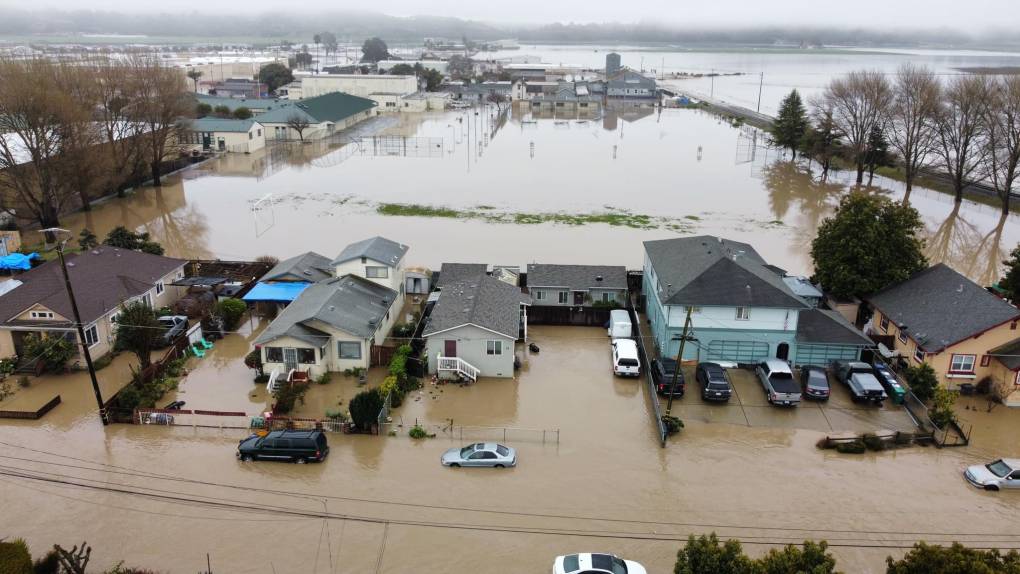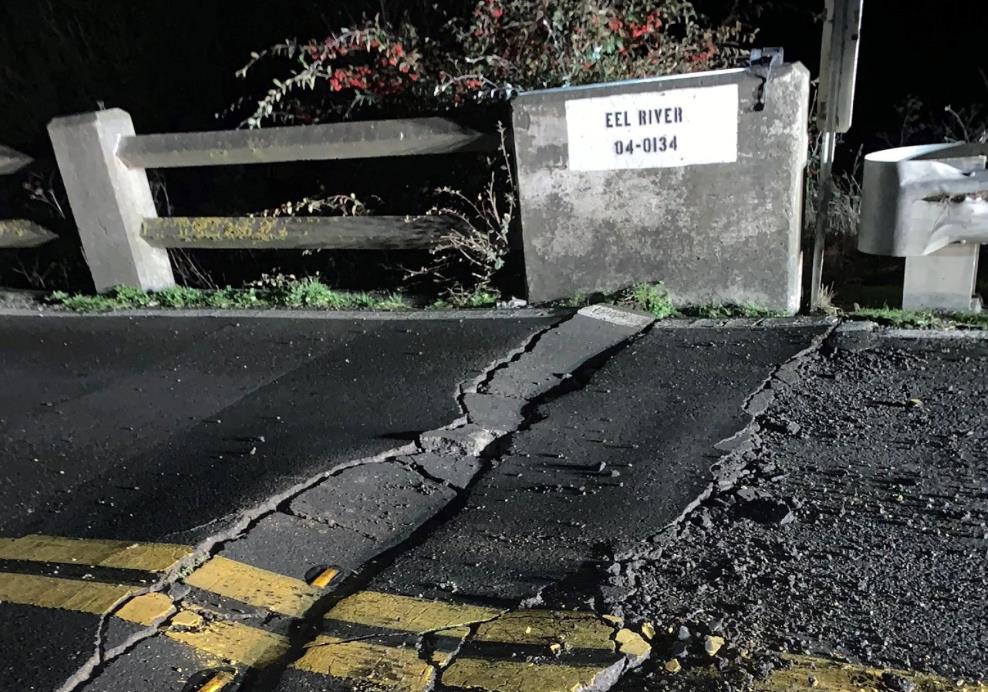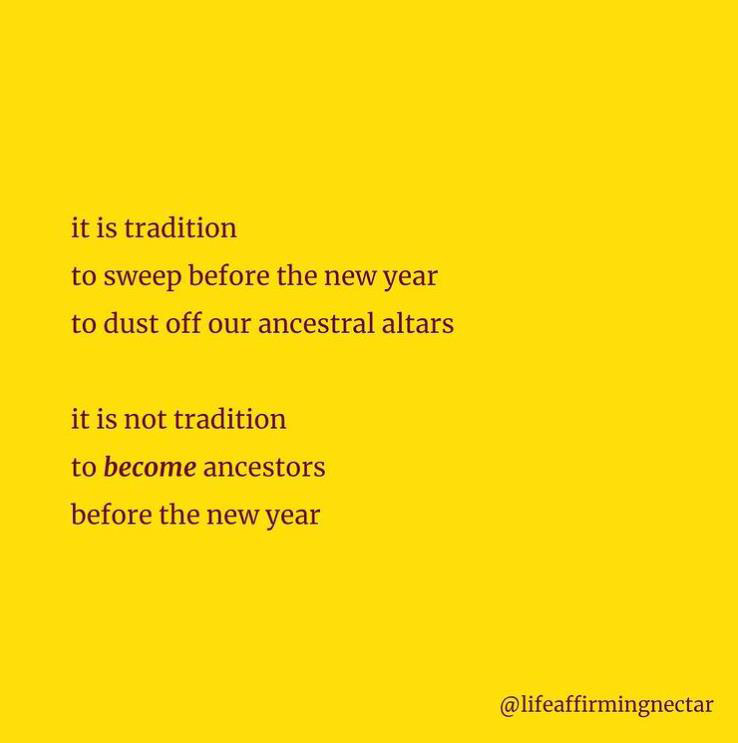Taking the Heat off Marginalized Communities: Disparities in Extreme Heat

We all have felt the impact of heat waves this summer, but the costs and stakes are different across communities and neighborhoods in California. While temperatures rise in California, so do extreme heat illnesses and heat mortality. Those most impacted are unlikely to live in cooler coastal communities, or have access to air-conditioned homes.
According to the EPA, which tracks deaths related to extreme heat, between 1979 and 2017, more than 11,000 Americans were killed as a result of extreme heat events, but even this is likely an undercount because, “it has been well documented that many deaths associated with extreme heat are not identified as such by the medical examiner and might not be properly coded on the death certificate.”
Despite this high loss of life, only recently has the federal government responded to the crisis of extreme heat in a coordinated way. In July of 2022, the Biden Administration launched heat.gov, as a central source of information related to extreme heat outcomes, and mitigation through the National Integrated Heat Health Information System.
As vulnerable community members died in extreme heat waiting for the government to respond in a coordinated manner, there have been catastrophic outcomes for those who lack air-conditioned homes, schools, or workplaces.
Inequitable Extreme Heat by Design
Residents living in older and substandard structures, including manufactured housing, that have low thermal performance ratings (how well a structure holds or prevents the passage of heat), few energy-efficient installations, or air-conditioning are at elevated risk. On days with extreme temperatures, their homes may be unsafe for human habitation. For those who have issues with mobility (elders, youth, those with disabilities, etc.), traveling to a cooling center may be impossible, essentially trapping vulnerable persons in their extremely hot homes. Out of the 17 million renters in the state of California almost a third of rental units are not equipped with central or single-room air conditioning units.
California’s metro areas have greater temperature disparities between their poorest and wealthiest neighborhoods than any other state in the southwestern U.S., as a result of historic racist redlining and decades of community disinvestment. These, and other studies, have shown that wealthier, whiter neighborhoods often have more street trees, a higher number of parks or open greenspace, and less impermeable black-top than low-income, communities of color – all of which help keep residents cool.
How this climate paradox plays out: wealthier neighborhoods, where homes are more likely to be air-conditioned, experience cooler temperatures than poorer neighborhoods, where many homes lack air-conditioning. And this reality is costing lives.
Heat in the Valley
The Coachella Valley exists as a stark example of both neighborhood-wide inequities of heat burden, and individual vulnerability to extreme heat. In a ProPublica Article published in 2021, images of lush green grass, tree lined streets, and large homes in Palm Springs are contrasted with the dust, heat, and poverty of the unincorporated community of Thermal just 25 miles east. Many homes on the east side of Thermal, occupied mainly by farmworkers, are manufactured housing, which are documented as being unsafe for residents during extreme heat.
These neighboring areas are just one demonstration of how heat has a disproportionate impact on low-income residents of color in California.
A Transformative Win and Telling Losses for Housing and Climate Justice Policy
Despite the clear risk to those living in unsafe housing in disproportionally hotter neighborhoods, there has been slow response from the state government. In 2021 the state released its Extreme Heat Action Plan, which outlines ways communities can reduce the disparities in heat exposure, protect residents, and build resilience as temperatures continue to rise, how this plan will be implemented remains to be seen. There has been some movement with policy in California, with the losses leaving space for philanthropy to step in.
Transformative Win: AB-2238 Passed
-
With Assembly Bill-2238 Extreme heat: statewide extreme heat ranking system passed, an extreme heat ranking system will be created to provide emergency warning information to the public similar to what we recognize with hurricane severity rankings (1-5). This win will help communities respond to specific extreme heat wave events.
Telling Losses: AB 2076 & AB 2597 Failed
-
In June, Assembly Bill 2076 - Extreme Heat and Community Resilience Program: Extreme Heat and Health Reporting System failed to pass. This bill would have provided real-time data on health outcomes during extreme heat events – data needed to craft long and short-term emergency responses. It also would have required a regularly updated Extreme Head Action Plan, the hire of a Chief Heat Officer, and grant programs through a newly established Extreme Heat and Community Resilience Office.
-
Earlier in May, Assembly Bill 2597 - Dwelling Unit Standards: Safe Indoor Air Temperatures also failled to pass. This bill would have updated the would have updated the California Health and Safety Code to set a maximum indoor air temperature for new buildings, similar to existing standards for minimum temperatures. It also would have required the California Department of Housing and Community Development to develop standards for existing buildings which would have resulted in housing units without cooling mechanisms to be declared substandard.
Action Steps for Collective Responsibility in Philanthropy
The failures shared above give a direct guide for philanthropy to step in. Climate change is an intersectional crisis that affects every facet of community well-being. Families don’t live single-issue lives, and neither should our philanthropic efforts. We also know that the impacts of climate change are staunchly rooted in racial equity, resulting in new forms of marginalization for communities of color. Here’s what you can do now:
1. Support organizations serving those most vulnerable to extreme heat. This includes individuals who work/practice outdoors, those without air conditioning young children, the elderly, unsheltered people, and those with chronic illness.
2. Engage in policy and advocacy. Supporting long-term actions through policy and advocacy will increase the capacity of frontline organizations. The better prepared and funded these organizations are, the safer our homes and work environments will be during extreme heat.




